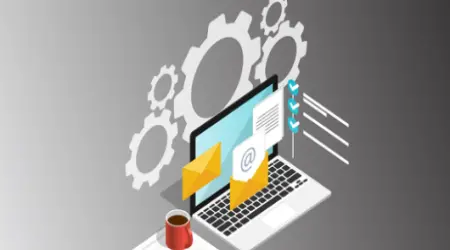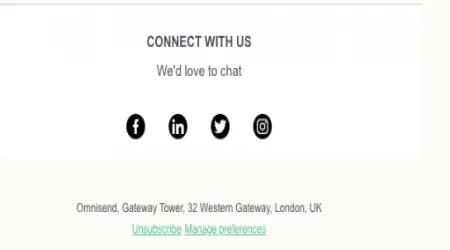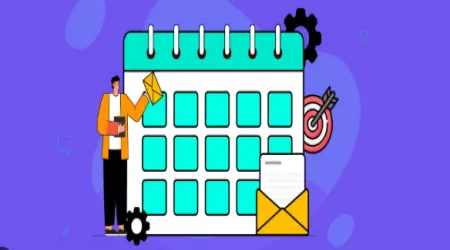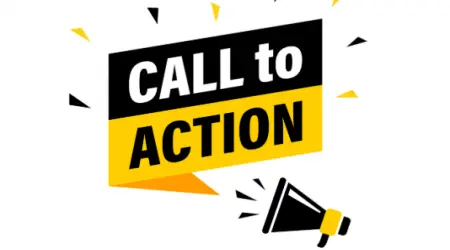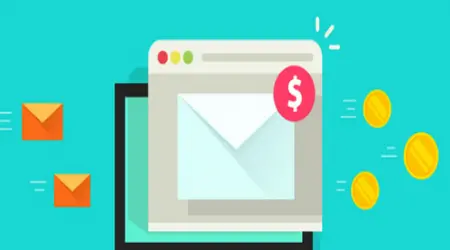
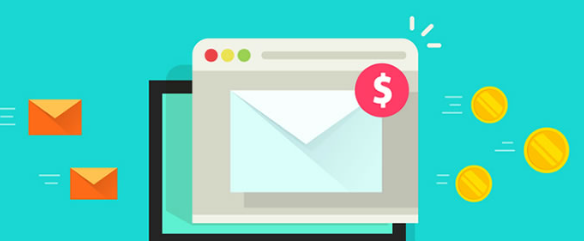
How to Segment an Email List for Maximum Conversions
Email marketing is not just about what you say—it’s about who you say it to. One of the biggest mistakes marketers make is sending the same message to everyone on their list.
That’s where segmentation comes in.
Segmenting your email list allows you to send more relevant, personalized messages that resonate with specific groups—driving higher open rates, more clicks, and increased conversions.
In this article, you’ll learn how to segment your list effectively, why it matters, and what segmentation strategies actually move the needle.
1. What Is Email List Segmentation?
Segmentation is the practice of dividing your email list into smaller groups based on specific characteristics, behaviors, or preferences.
Instead of blasting your entire audience, you tailor your message to each group, increasing its relevance.
Examples:
Sending a discount to first-time buyers only
Offering a loyalty bonus to your VIP customers
Re-engagement emails to inactive subscribers
Educational content to new subscribers
Segmentation makes your emails feel personal—without writing to each person individually.
2. Why Segmentation Matters
Segmentation leads to measurable improvements across email performance:
| Metric | Improvement |
|---|---|
| Open Rate | ↑ 26% (on average) |
| Click Rate | ↑ 50%+ |
| Revenue | ↑ 760% from segmented campaigns (DMA Report) |
| Unsubscribes | ↓ Drastically reduced |
| Spam Complaints | ↓ Fewer, due to relevance |
The more your message matches what the recipient needs or wants, the better it performs.
3. Basic Ways to Segment Your Email List
Let’s start with the most commonly used (and highly effective) segmentation options.
a. Demographics
Segment by:
Age
Gender
Location
Job title or role
Industry
Useful for tailoring offers, language, or cultural references.
b. Behavior
Based on actions taken (or not taken):
Clicked a specific link
Opened last X emails
Visited a product page
Abandoned cart
Made a purchase
Behavioral segmentation helps react to user intent in real time.
c. Engagement Level
Segment based on activity over time:
Engaged (opened/clicked last 30 days)
Semi-active (opened in last 60–90 days)
Inactive (no opens in 90+ days)
Let’s you:
Reward loyalty
Send win-back campaigns
Pause or clean unresponsive users
d. Purchase History
Segment based on:
First-time buyer vs repeat customer
Average order value
Purchase frequency
Product category
Used to drive upsells, cross-sells, or exclusive offers.
e. Signup Source
Segment by where users joined:
Webinar attendees
Landing page opt-ins
Event booth signups
Blog subscribers
This reveals intent and interests, guiding your messaging.
4. Advanced Segmentation Tactics
Once you’ve nailed the basics, consider layering in more complex strategies:
a. Lead Score Segments
If your CRM assigns lead scores based on actions, use them to group high-interest prospects for sales emails or product demos.
b. Lifecycle Stage Segmentation
Tailor content by stage:
New subscribers → Onboarding and education
Leads → Conversion-focused content
Customers → Retention and upsells
Lapsed users → Re-engagement
c. Content Preference
Let users self-select topics:
“Get weekly tips” vs “Get product updates”
Interests: Email marketing, SEO, social media
Send only what’s relevant, and you’ll keep subscribers longer.
d. Customer Value (RFM Analysis)
Segment based on:
Recency (last purchase)
Frequency (how often they buy)
Monetary value (how much they spend)
Focus VIP offers on your most valuable customers.
5. Examples of Segmentation in Action
Here are practical campaign examples based on segmentation:
🎯 Location-Based Offer
“Kenya Customers: Enjoy Free Shipping This Week”
💼 Industry-Specific Guide
“5 Email Strategies for Real Estate Marketers”
⏰ Engagement Split
Engaged: “Your weekly growth tips are here!”
Inactive: “Haven’t seen you in a while…”
💸 Purchase-Based Sequence
After buying Product A: Recommend Product B
VIP customers: Invite to private sale
🧪 Signup Source Specific
Blog reader: “Here’s the next article you’ll love”
Webinar attendee: “Download your bonus checklist”
6. How to Collect Segmentation Data
You can’t segment without data. Here’s how to gather it:
a. Signup Forms
Include dropdowns or checkboxes like:
Industry
Role
Interests
Email frequency preference
💡 Keep it short—only ask for what you’ll use.
b. Behavior Tracking
Use tools like:
Click tracking
Page visit logs
Scroll depth on landing pages
Cart actions
This reveals real-time intent.
c. Surveys and Preference Centers
Ask subscribers what they want:
Topics of interest
Email frequency
Preferred content format (video, blog, webinar)
d. Integrations with CRM or E-commerce Platforms
Sync segmentation data from platforms like Shopify, Salesforce, HubSpot, or WooCommerce to track purchase behavior and customer value.
7. Tools That Support Segmentation
Most email marketing platforms offer segmentation features. Here’s what to look for:
| Platform | Segmentation Features |
|---|---|
| Mailchimp | Tags, behavior-based segments |
| ActiveCampaign | Advanced automations + conditions |
| ConvertKit | Tagging + link click triggers |
| Klaviyo | Deep ecommerce segmentation |
| Drip | Visual workflows + product tracking |
| HubSpot | CRM-based lists + lead scoring |
Choose a tool that fits your data and business type.
8. Segmenting Without Overcomplicating
Segmentation is powerful—but don’t let complexity stall you.
Start simple:
3 segments: Engaged, Semi-Engaged, Inactive
Or 2 groups: Leads vs Customers
Then add layers gradually:
Add behavior-based logic
Use conditional content blocks
Combine two filters (e.g., “Engaged AND located in Europe”)
Tip: Document your segments and what content they receive—avoid duplication or confusion.
9. Mistakes to Avoid in List Segmentation
❌ Too many segments with no strategy
→ Start with purpose, not platform features❌ Not updating segments over time
→ Set rules to auto-refresh segments based on new behavior❌ One-time segmentation only
→ Segmenting should be dynamic, not static❌ Over-segmentation without enough content
→ Don’t create 20 segments if you only have 2 emails to send
Final Thoughts: Speak to the Person, Not the List
Segmentation is the foundation of modern email marketing. It turns broadcasting into conversation and turns passive readers into loyal customers.
The more specific and relevant your message, the more likely it is to be opened, clicked, and acted on.
It’s not about sending more emails—it’s about sending the right ones.
So start simple. Build meaningful segments. Speak to where each subscriber is in their journey. And watch your engagement, conversions, and customer satisfaction climb.
